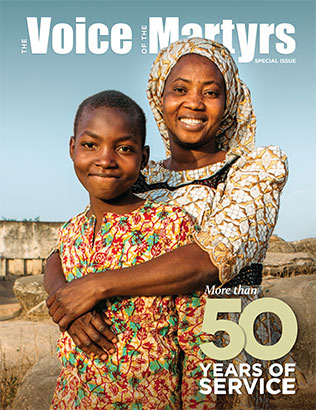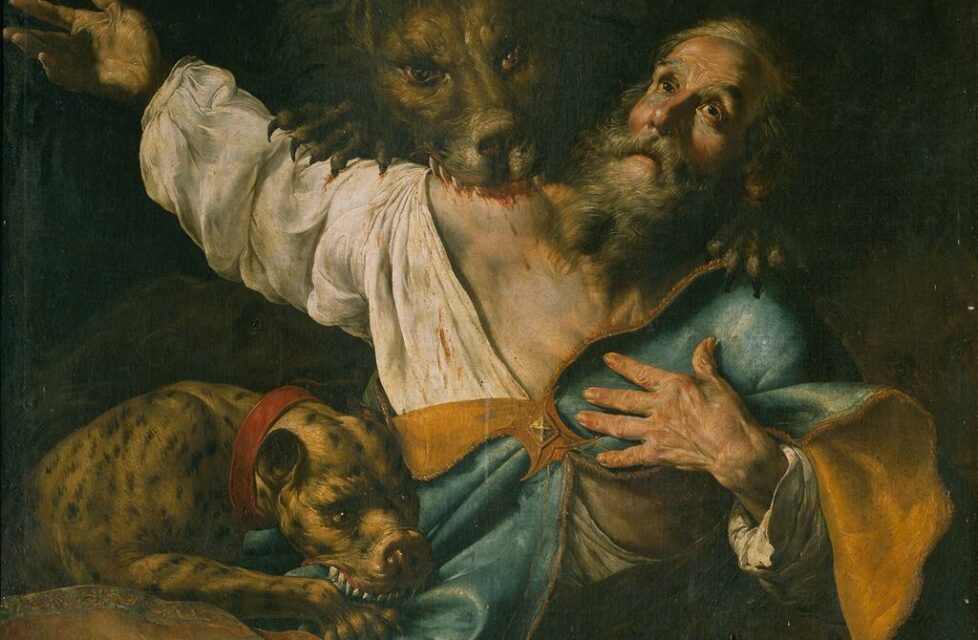Demerara was one of three counties in the Caribbean colony ofBritish Guiana (now Guyana). Slavery was the rule in Demerara, the way of life, the engine of its sugar cane economy. Whatever else happened there, slavery was never to be questioned or threatened. Of those who might do so, missionaries were the most culpable. The London Missionary Society (LMS) sent John Smith to BritishGuiana in March 1817. In Demerara he took over from the ReverendJohn Wray, who had been transferred to neighboring Berbice County.Such transfers helped keep relations transitory between the missionarypreacher and the slave population. Bonds of sympathy were dangerousto the economy. Smith’s first interview with Governor Murray made it quite clear:Teaching the African slaves to read was forbidden. The job of the missionstation was to teach contentment, not to educate, nor to “insinuate anything which might… lead them to any measures injurious to their masters.” In British Guiana, sugar cane was lord and king. So the honorable Reverend John Smith set about his work in one ofthe most thankless, humid, and oppressive mission stations in theworld—far from the British homeland where William Wilberforce andother Christian leaders were challenging the foundation of slavery andmapping out its legalized extinction. Smith
Read More
